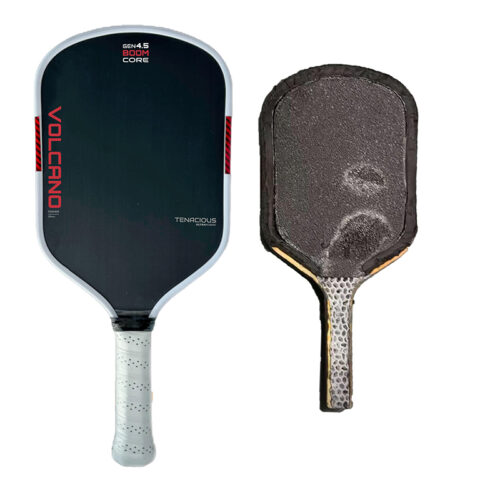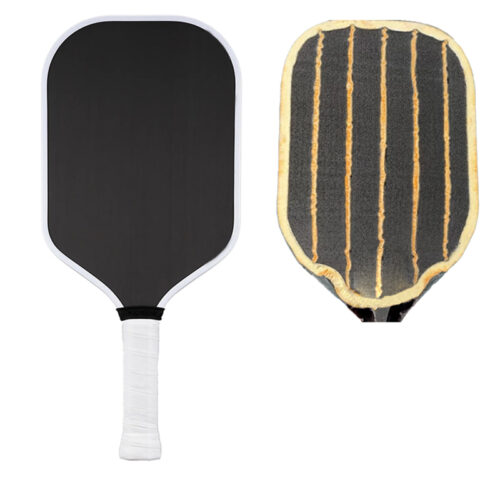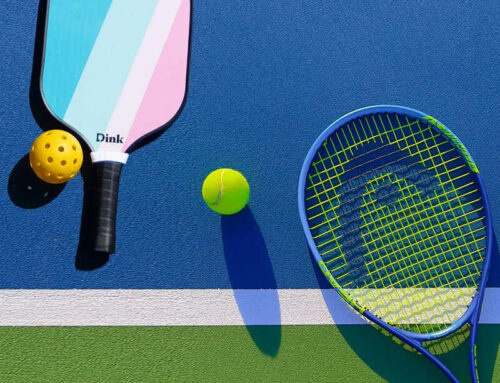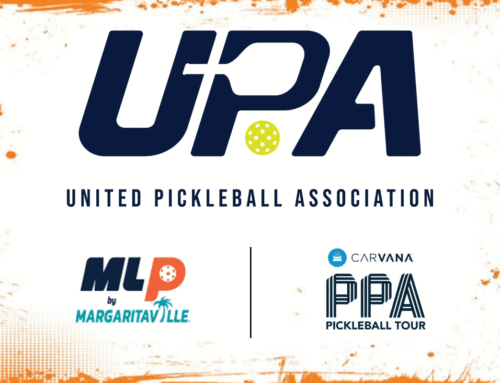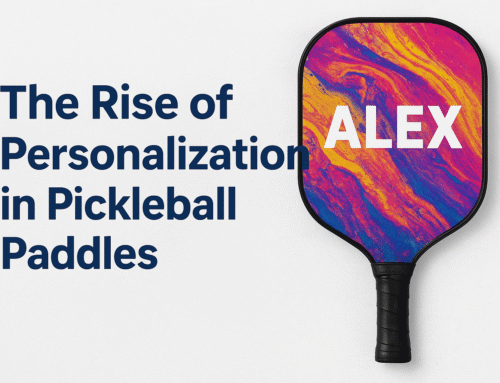Pickleball exploded into the mainstream in the early 2020s. But in 2025 a different kind of breakout arrived: sweeping trade policy that immediately made the paddle business — from raw carbon fiber to molded polymer cores — a geopolitical story. Within weeks of new tariff measures and tighter import rules, manufacturers, retailers and clubs were forced to answer the same question: can we still make and sell paddles at the prices and volumes the sport expects?
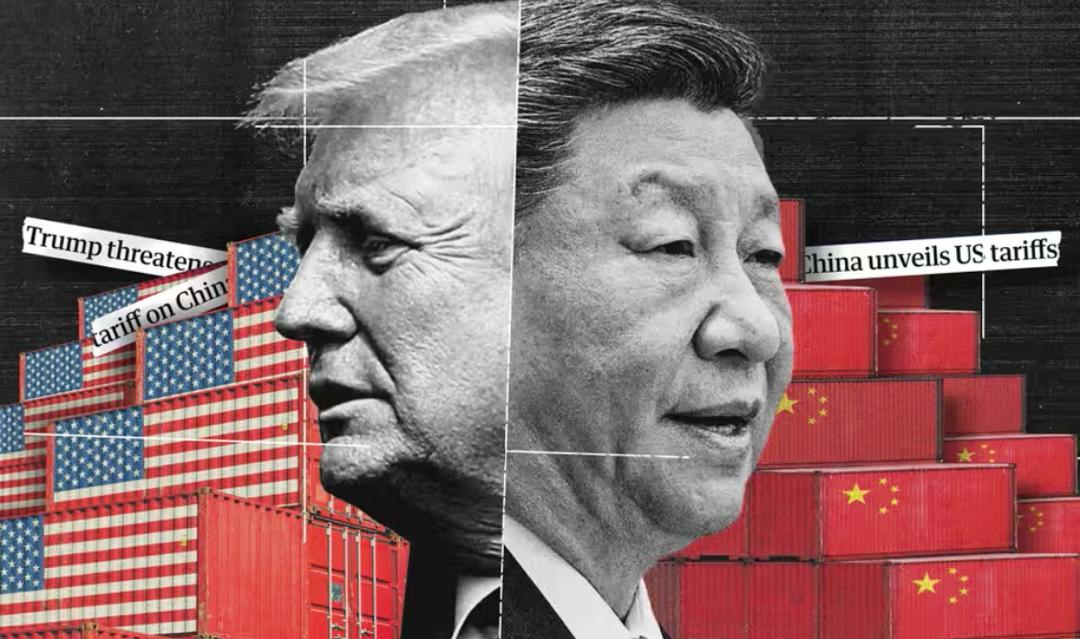
Timeline: the key nodes that reshaped the industry
• Spring 2025 — Tariff escalation & uncertainty. New tariff classifications and shrinking de-minimis exemptions raised landed costs for many small shipments, prompting immediate inventory hedging and emergency price reviews.
• Mid-2025 — Short-term hedges and first production moves. Brands began signing long-term contracts, buying forward and testing alternative factories in Vietnam, Thailand and Mexico.
• Late 2025 — High-level diplomatic signals, but structural change. Political “trade-calming” at the top gave momentary relief but many companies kept their new supplier relationships, having already invested in diversification.
The mechanics of the shock: materials, tariffs and margins
Most performance paddles rely on a handful of inputs — carbon fiber or fiberglass faces, specialized polymer or foam cores, and precision-molded handles and edges. These inputs, and the factories that combine them, have been concentrated in China. When tariff schedules raised the effective cost of those imported inputs, the math changed fast: a premium paddle that cost $50 to make could suddenly jump in landed cost by a high single-digit or even double-digit percentage depending on HS classification and freight. Small brands with thin margins felt it first; larger brands had more leverage but not immunity.
Who won, who lost — brand-level strategies and outcomes
Selkirk — messaging and mixed manufacturing
Selkirk doubled down on a hybrid approach: keep R&D, quality control and some final assembly in the U.S., while still sourcing many upstream components from China. That positioning buys customer trust (and PR mileage) but does not fully escape input tarifs; it’s a pragmatic hedge that preserves product performance while sharpening “made in USA” messaging.
Onix — nearshoring to stabilize North America supply
Onix moved a larger share of North American units to Mexico and combined that with bulk, negotiated purchasing to smooth short-term pricing shocks. Nearshoring shortened lead times and reduced exposure to ocean freight volatility — an immediate competitive advantage for timely wholesale and institutional orders.
Paddletek & true U.S. makers — a procurement windfall
Brands that already manufactured domestically or could credibly move production stateside found a receptive institutional market (schools, parks departments, recreation centers) that values domestic sourcing. These vendors were able to capture larger group and government orders where “made in the U.S.” is explicitly weighted.
Small DTCs — highest vulnerability
Direct-to-consumer start-ups and small importers were squeezed hardest: they lacked scale to absorb tariffs, had fewer roadmap options for alternative factories, and less bargaining power with logistics providers. Many resorted to price increases, pre-sales and crowdfunded runs to keep cashflow solvable.
Market effects: demand elasticity and participation risk
Two simultaneous forces changed the demand curve. On the supply side, price inflation for equipment tightened margins and pushed list prices higher. On the demand side, pickleball’s core growth engine — casual and older adult players — tends to be price sensitive. A sustained rise in entry costs can slow new-player acquisition, chill frequency of equipment upgrades, and temper the pace of club and court investment. In short: higher equipment prices can slow the sport’s commercial expansion even as its core fan base remains loyal.
What brands can do now — pragmatic playbook (six priorities)
- SKU-level tariff sensitivity — map HS codes, material composition and margin impact by SKU. Prioritize mitigation for SKUs that carry the highest margin risk.
- Friend-shoring shortlist — secure 2–3 vetted factories in Mexico and Southeast Asia; run lowest-cost pilot production to validate quality and lead time.
- Hybrid manufacturing — move final assembly to local facilities while importing semi-finished components to capture some labor/policy arbitrage. (Selkirk is a working example.)
- Institutional channels — push for school, government and club contracts that favor stable supply and domestic sourcing.
- Customer segmentation pricing — protect entry products to preserve the funnel for new players, while adjusting premium SKUs with justified performance benefits.
- Communicate early and often — be transparent with dealers and customers about why prices/lead times change and what you’re doing to stabilize supply.
Three plausible scenarios ahead (and what they mean)
• Soft landing — tariffs are rolled back or eased: inventory normalization and partial return to China sourcing, but many firms keep diversified supply chains formed in crisis.
• Cyclical friction — periodic political spikes: permanent regionalized manufacturing ecosystems and more complex sourcing choices.
• Persistent decoupling — long-term separation leads to bifurcated regional brands and permanently higher costs for cross-border commerce.
Conclusion: Run the modules, not the monolith
The clearest lesson from 2025 is structural: pickleball brands that convert their supply chains from monolithic (one country, single factory) to modular (multi-sourcing, local finishing, contractual hedges) will gain resilience and optionality. For a sport built on accessibility and community, that resilience is also a commercial necessity: keep entry affordable, protect pro and premium margins, and secure the institutional contracts that anchor long-term growth.
The End about Mayvoci
1)Design:Over 100 paddle designs and photography service to assist start-up.
2)Professional:Focus on various of paddles manufacturing for 6 years
3)Quality:Strict quality management system to provide safety and satisfaction for customers
4)Amazon:Flexible comprehensive solution to make sure each Amazon seller is well cared.
5)Excellent Team:Experienced paddle experts & dynamic sales team give you 5-star service

